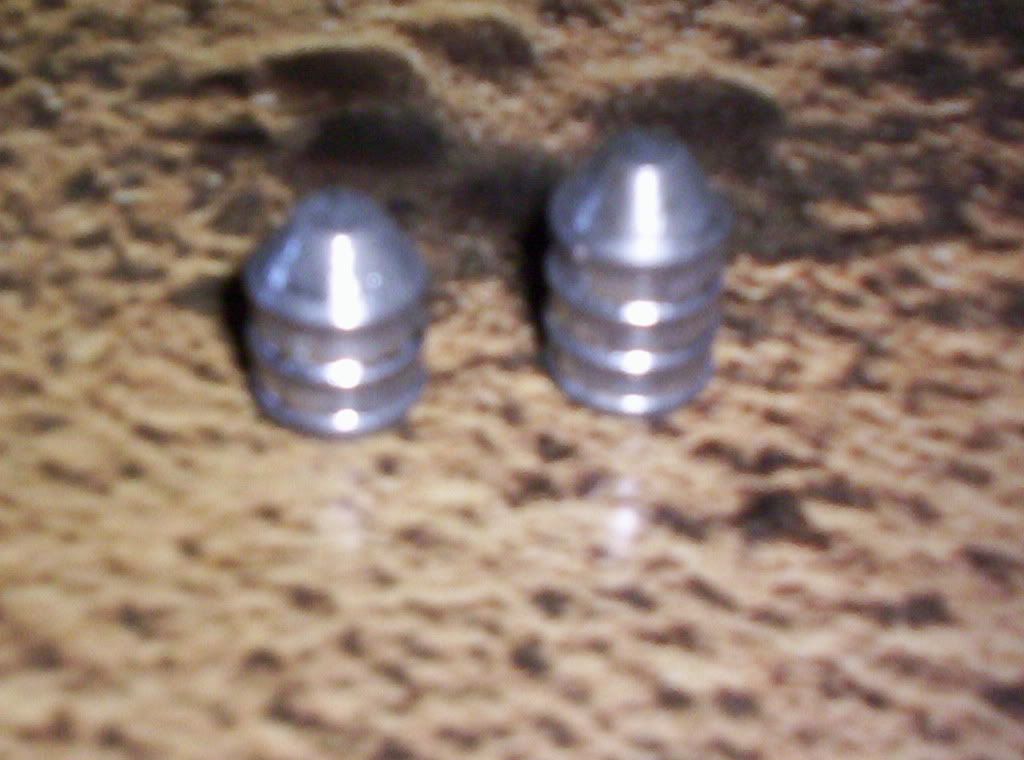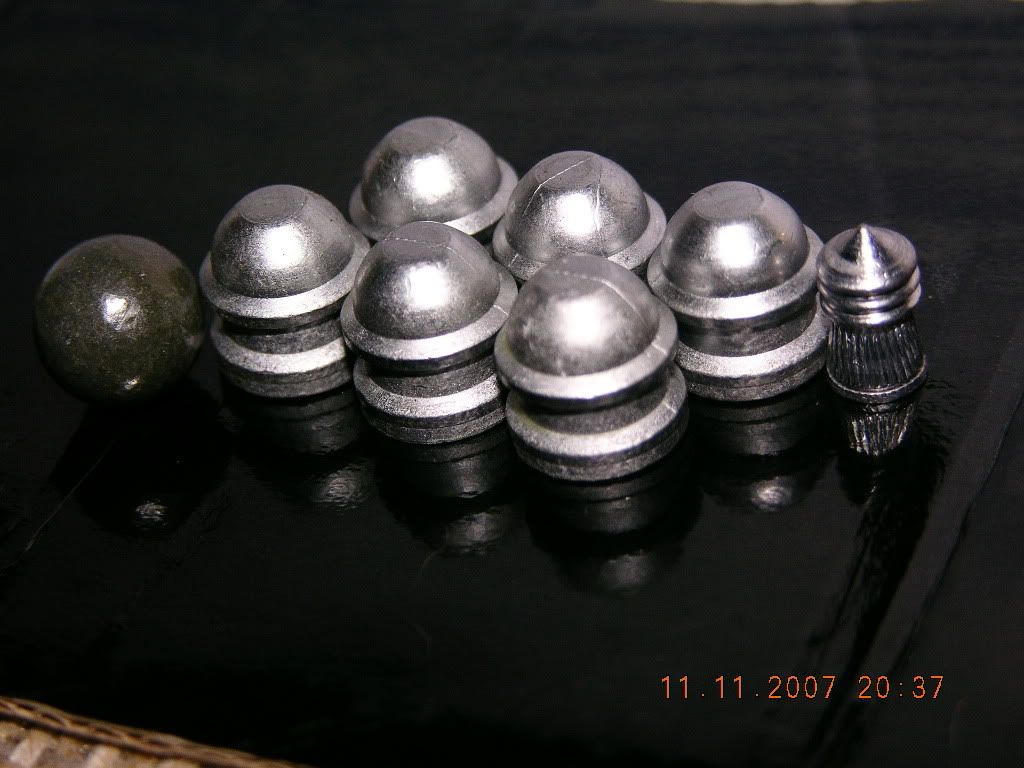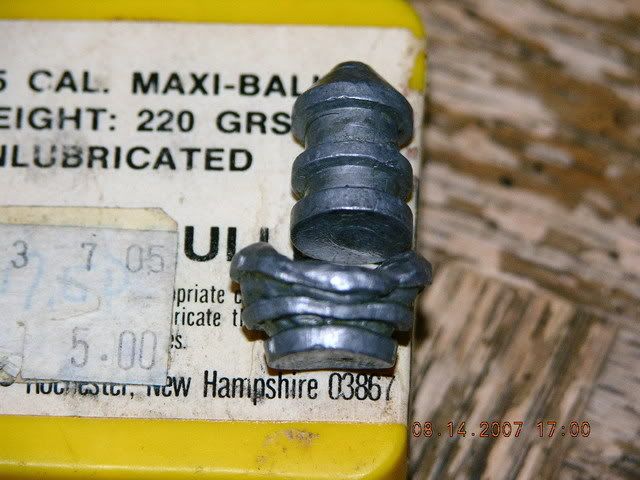I like what I see in PatMarlins sketch. I always thought off-setting the lever behind the hammer is the way to go. Seems like the simple solution.
I'm not worried about the screw coming loose anymore since I started using the teflon tape around it awhile back.....just the crazy-cheap lever material. The screw was still in tight on this last breakage.

|
   
   
|


|




 Reply With Quote
Reply With Quote













